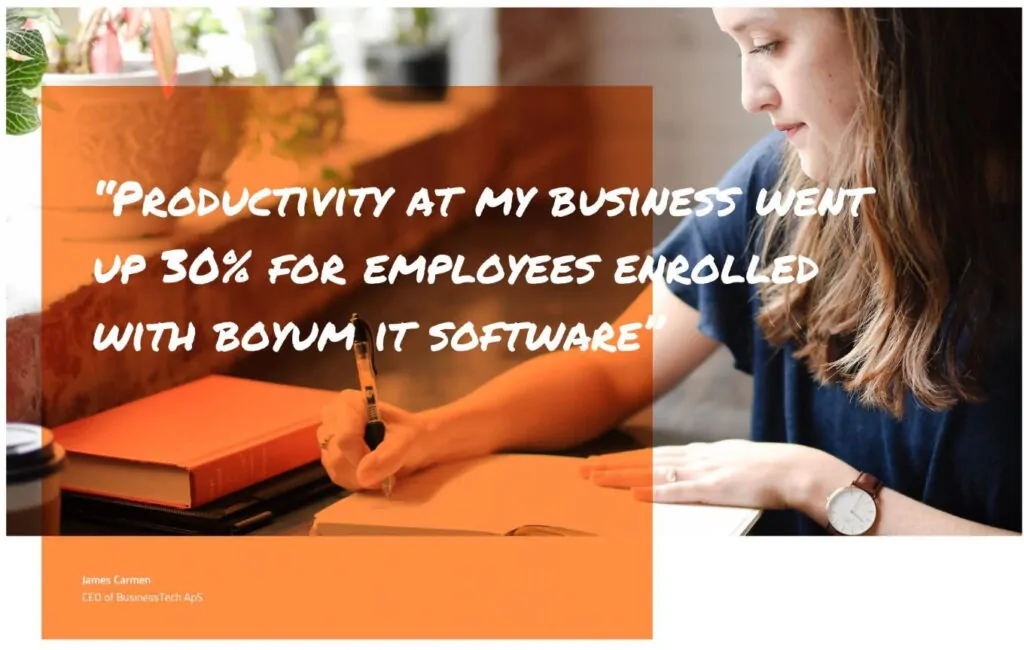Why is “process” central to Lean and Six Sigma? The simple reason is that processes are the foundational series of actions which bring order, control, and efficiency to activities within an organization.
Therefore, tools which allow stakeholders to evaluate and improve processes are a necessity for pursuing the goal of continuous improvement. Value stream mapping is an excellent example. It’s a powerful framework for defining, evaluating and optimizing processes and one that can be used by anyone interested in exploring the use of Lean to achieve better outcomes and thus deliver greater value to the customer.
Pick a process, begin the change
Just as Kaizen is a useful framework for putting Lean and Six Sigma methodologies in play, Value Stream Mapping (VSM) is an easy-to use and effective approach of discovery to get to the root of issues which can and should be corrected.
Also referred to as “material and information flow mapping,” VSM is a Lean management technique used by organizations, large and small, to analyze the current state of a process and design an optimized version of events to define and display the critical steps. The goal is developing a flow chart which documents each step. There are three types of value stream maps, each of which are self-explanatory due to their names: Current, Ideal, and Future.
To explore VSM within your business, there are a couple of practical options to choose from: hold a Kaizen event or do a bit of sleuthing to pick a process candidate which is substandard. Once a target process is in your crosshairs, here are the steps to try out VSM:
- Define what value is flowing through the process (perform a PVA)
- Compile a list of the steps of the process
- Review the current state of the process
Let’s start with step one. A Process Value Analysis (PVA) scrutinizes each individual step in a process. The intent is to determine which aspects of the process can be improved, either by eliminating unnecessary steps or streamlining steams worth keeping.
Now that we’ve isolated the steps, the role they play should be described in writing to enable stakeholders to see them in black and white. Having committed to the VSM approach, it’s time choose between the three types of value stream maps available to us and how they add perspective to the VSM exercise:
- Process Level
- Factory/Office level
- Enterprise Level
Determining the type of process map will elaborate on who should be involved. The immediate value of Value Stream Mapping is that it helps users visualize the flow of material and information and analyze where value may be lost. Now that we’ve determined which value stream type we’ll be using and what process we are mapping, it’s time to highlight what value is flowing through the VSM.
In defining each process step its helpful to keep in mind that they typically involve these elements:
- Cycle time (when the process step begins and ends)
- Number operators or employees involved
- Number of shifts within that step
The problem you’re trying to solve in using the VSM approach is to definitively find out where along the entire process value is being lost or if non-value tasks are being added. Typically this occurrences are due to defects, time being added and creating wasted effort or delay, unnecessary process steps, or a lack of quality inherent in the end result. Any of these add up to waste and an opportunity cost in the form of inefficiency which impacts customer satisfaction and the bottom line.
The goal: process improvement
What is the upside of using VSM as a discovery tool?
Eliminating waste by identifying non-value steps within the process can enhance liquidity of the business. Improvement of the end result or the product being produced is another likely beneficial outcome. Also, of interest is finding out the full spectrum of negative impacts the out of control or wasteful process is responsible for, and which related activities are affected. Any of these correctible conditions affect the value being delivered to the customer and therefore ultimately put the profitability of the business at risk.
If you have tested the effectiveness of applying VSM to a process in your business and been pleased with the insights provided and efficiencies gained, it’s time to consider how much greater, ongoing value is possible with an ERP or MRP solution. Until an end-to-end, customized system is in place, there are likely roadblocks in the way of transitioning your organization to a truly Lean culture. For example, managers or team members may resist efforts to alter existing processes. It’s not unusual for people to cling to activities out of habit and exhibit a reluctance to evaluate and change a process that has yielded satisfactory results in the past.
Without Lean and an ongoing program of process improvement, most managers and team members simply don’t have the skills and methodologies necessary for defining, evaluating, and optimizing processes in place. Problems within processes go unnoticed and often aren’t viewed within the context of the lost value they’re responsible for, despite substandard outcomes.
As we discussed in our most recent article, Creating a Kaizen Culture, organizations which embrace Lean and codify its use with solutions such as Attivo-All-In-One, powered by SAP Business One, have a significant competitive advantage. In addition to engendering an inclusive environment which empowers team members to bring forth concerns or help identify inefficiencies, a free flow of information is created throughout the organization.
A variety of modules within an ERP system make a multitude of opportunities available for input from the shop floor, production line, and at the operational level to identify and find solutions to problems. Mapping the value streams in each department from production, purchasing, marketing, technical, accounting, human resources, and customer service allows for a bird’s eye view over all aspects within the processes in place. Bring your processes into focus through the lens of current, ideal, and future. Applying Lean principles under our variety of software solutions will give your business an edge by making it easier to implement optimized processes across your organization.





















